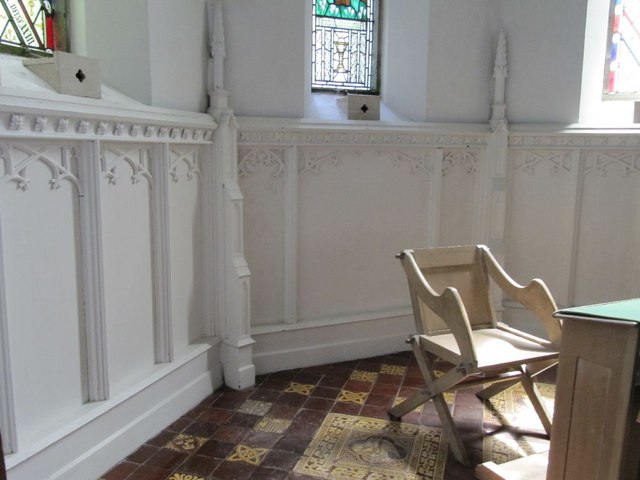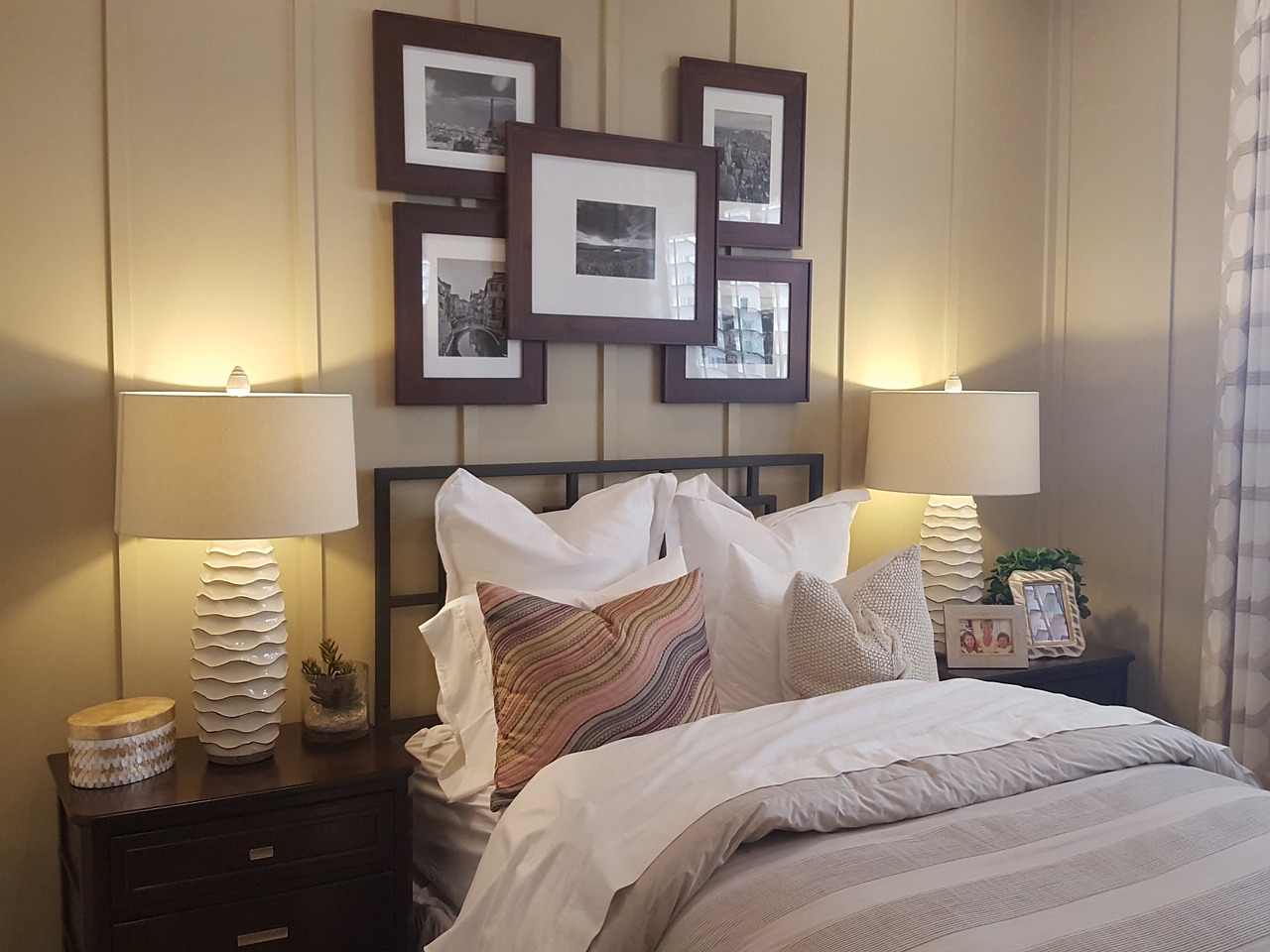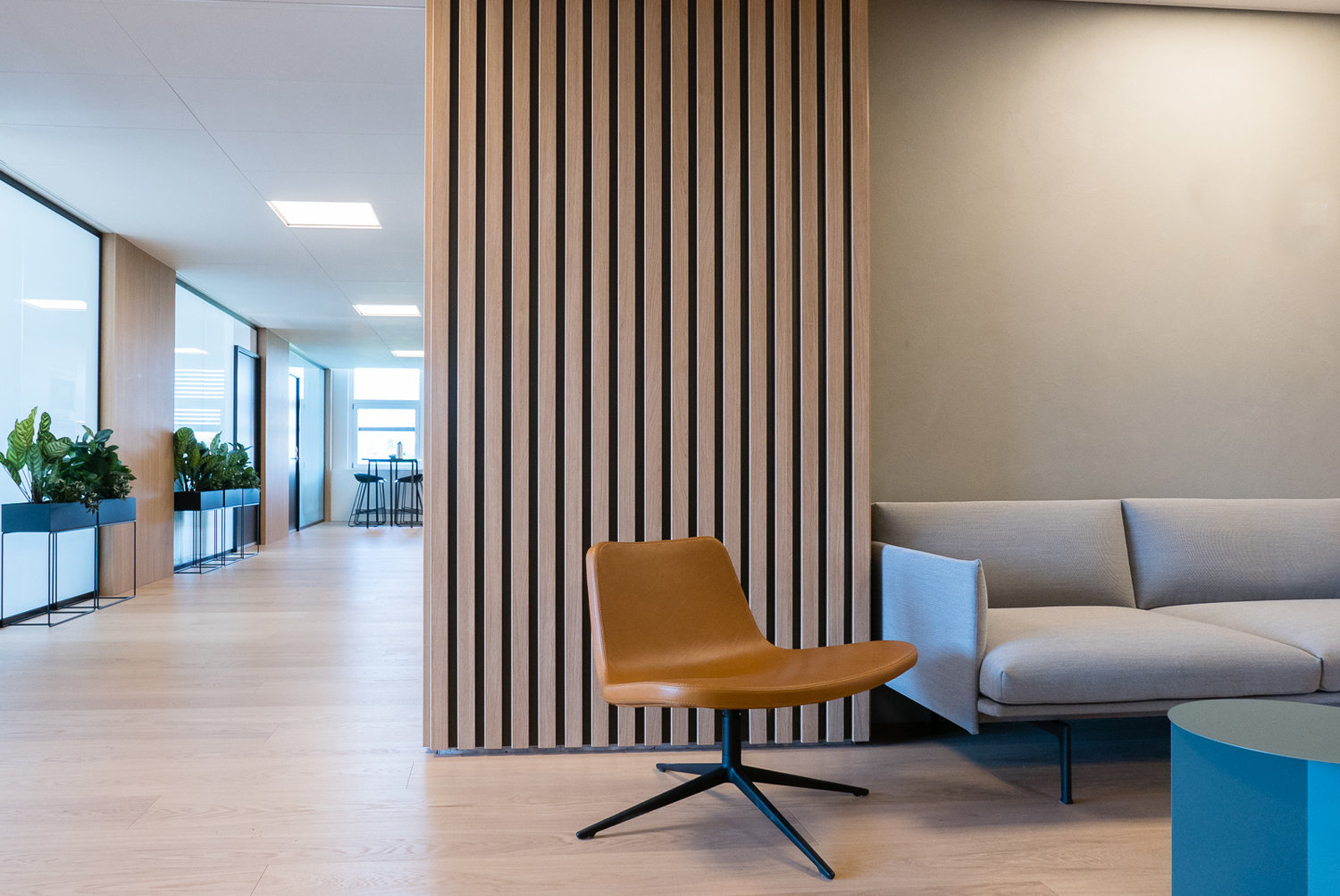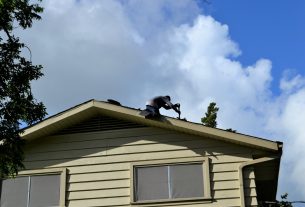Contents
– All about ceiling panelling
– Panelling to decorate, insulate or partition
Once the ceiling structure is in place, it can be covered with a ceiling covering.
Depending on the condition of the ceiling and the choice made, the ceiling covering can be of several types:
– ceiling tiles,
– wooden or PVC ceiling panelling,
– plasterboard.
Ceiling panelling allows you to get away from the traditional plasterboard installation and create a ceiling where fantasy can be expressed more easily, all with simple installation accessible to any good DIY enthusiast.
Ceiling panelling: a decorative covering
Ceiling panels have important decorative qualities.
They are available in various styles, sizes and appearances to suit any interior.
Some panels will create a rustic atmosphere, while others will favour a modern, contemporary style.
It all depends on the material used and the type of finish chosen.
3 main types of ceiling panelling
There are three main types of ceiling panelling: wood panelling, coated panelling and PVC panelling.
Wooden panelling
Appearance:
Available in a wide range of species, lengths, widths and thicknesses.
Technical characteristics:
Not very resistant to moisture if not treated.
Desired ambience:
Warm, natural, authentic appearance.
Fixing:
To be nailed, clipped or screwed to joists or battens.
PVC panelling
Appearance
Various aspects and colours can also imitate wood or stone,
Technical characteristics
More resistant, waterproof and easy to maintain, it can be directly sprayed with water.
But do not allow good ventilation of the ceiling.
Desired ambience
All types of atmosphere.
Fixing
To be stapled, screwed directly to joists or battens, or fixed to a suspended ceiling grid.
Coated panels
Appearance:
– Made of particleboard or fibreboard, covered with decorative vinyl paper.
– Imitates wood or stone.
– Matte, satin, in different colours.
– Also available with a wood veneer.
Technical characteristics:
A water-repellent version for some, for humid environments.
Desired ambience:
All types of environment.
Fixing:
To be nailed, clipped or screwed onto joists or battens.
Why panelling?

Panelling is used for decoration, insulation or partitioning. For a long time, confined to a rustic role and reserved for the fitting out of chalets, panelling is nowadays gaining a place of choice in our interiors.
Thanks to its diversified finishes and larger dimensions, panelling now adapts to all styles, contemporary or classic, wise or more sophisticated.
Panelling: 3 types of use
Panelling is made up of a set of strips fixed together.
This interior cladding contributes in part or in full to the covering of walls, ceilings or roofs for different types of use:
– as a partition wall to protect the substrate or to separate two rooms,
– insulating panelling,
– decorative panelling.
Panelling: what for?
For decorative purposes: wall panelling or ceiling panelling.
Several possibilities:
– decorates and personalizes the walls of any room in the house, according to taste and style,
– Fills in irregularities in a damaged wall or ceiling.
Functional and protective: preserves the base of a wall exposed to knocks.

As exterior panelling:
– protects the façade,
– cladding: contributes to the appearance of the house.
Insulating
Contributes to sound or heat insulation by housing insulating materials.
Its insulating qualities depend on the material used.
Two main materials for panelling: PVC and wood
|
Material |
Characteristics |
|
|---|---|---|
|
PVC |
– Various colours and sizes. – Can imitate wood. – Resistant: rot-proof. – Technically easier to install |
|
|
Wood |
Raw wood panelling |
– Solid wood: Landes pine, teak, oak, etc. – Warmth of a natural material. – Its qualities depend on its class, but also its treatment. – A wide variety of finishes: whitewashed, painted, varnished, stained, etc. |
|
Coated panelling |
– Wood fibre or chipboard covered with decorative vinyl paper or veneers. – Less noble, but has the appearance of wood. – Less resistant, sensitive to moisture. |
|
Panelling: direction and types of installation
Nailed or clipped installation on battens is the most common.
Panelling can be installed using two different techniques and in several directions.
Panelling: glued or nailed installation?
– glued installation:
◦ the boards are glued directly to the substrate, which must be flat and dry,
The panels are glued directly to the substrate, which must be flat and dry, ◦ suitable for thin wainscots (less than 7 mm),
– nailed or clipped installation:
◦ the boards are fixed to cleats laid perpendicular to the direction of installation,
◦ are interlocked as for a parquet floor,
◦ allows for insulation or the concealment of electrical connections,
◦ requires an air gap for ventilation.
Horizontal, vertical or sloping installation?
Panelling can be laid in three directions:
1. Vertically: gives the room a sense of height,
2. Horizontal: gives the impression of enlarging small volumes,
3. slanted: ideal for attics.
A wide range of sizes for panelling
PVC and wood panelling is available in a wide range of sizes:
– width: 7 to 38 cm,
– length: 1.2 m to 4 m,
– thickness: 8 to 19 mm,
– profiles: the boards fit together differently depending on their design.
We will be back in our subsequent publication with:
-
Installation of ceiling panels on the substrate: faster
-
Laying ceiling panelling on wooden battens
-
Installation of the panels: by gluing or clipping
Remember to leave your comments below and stay posted!


